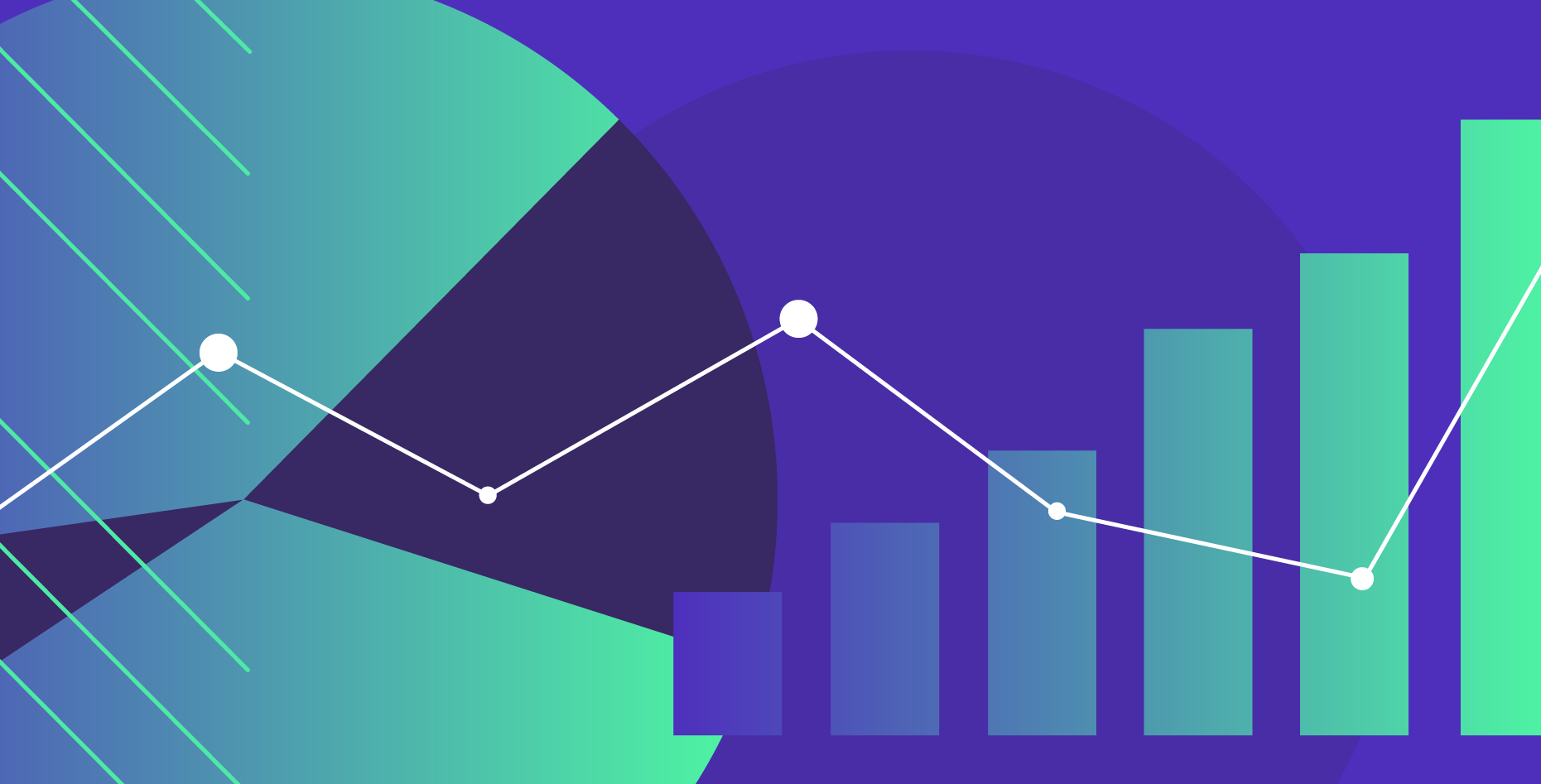18 February 2024
Creative burnout is the silent killer behind even the most passionate designers. Recognizing the signs is crucial for preventing creatives from working themselves to exhaustion. Prevention is key; rethinking your workflow can help preserve a healthy creative flow. And if it’s too late and you’ve already burned yourself out, there are still remedies to manage it and bring you back to life!
What is creative burnout?
In a work context, burnout is a state of constant exhaustion. And for creatives, burnout is not just being tired; it’s a crushing sense of failure. Especially for those who tie their identity to their work, losing confidence can feel devastating. Creative burnout happens when several stress triggers pile up and begin to affect the body. Self-doubt, perfectionism, long work hours, looming deadlines, and a lack of boundaries are all factors that, when combined, bring down even the most passionate designers. It’s a state of mental, physical, and emotional exhaustion that can affect anyone involved in the creative industry, and recognizing the signs of burnout is crucial for learning how to navigate its murky waters.
What does creative burnout feel like
Creative burnout manifests itself in different ways, often leaving people frustrated and uneasy. The symptoms of creative burnout and waving red flags need to be addressed before they build up and begin to take a toll on your well-being. One of the first (and most common) symptoms is self-doubt. When designers start second-guessing themselves and questioning their abilities, it can be a sign that they are beginning to burn out. Close to self-doubt is irritability. When there is constant indecision, it is often accompanied by flare-ups of frustration that impact both work and relationships.
Another important symptom is procrastination. When you are unable to meet deadlines and struggle to prioritize your tasks because of procrastination, you might be grappling with burnout. Fatigue is also common; it can manifest as a lack of ideas or motivation caused by pervasive exhaustion that makes every task feel monumental and simple projects feel impossible.
In essence, creative burnout comes from a blend of different factors: overwhelming stress, boredom, unrealistic expectations, lack of control, lack of appreciation, too many tasks, and a monotonous routine. Stress can lead to disconnect and a loss of motivation, and recognizing the symptoms is the beginning of effective remedies to combat it.
Managing and avoiding creative burnout
Keeping the creative flow moving needs a reevaluation of the current workflow. And since prevention is better than cure, here are some points to help you rethink your work system to avoid burning out:
Time management and planning
In creative work, time management and solid planning are strong defenses against burnout. Designers tend to juggle several projects and tasks at once, each with their own deadlines and guidelines, making effective time management techniques a necessity. Don’t try to do it all; set realistic goals and timelines for yourself, and base your priorities on your deadlines. By pacing yourself, your creative rhythm remains sustainable and vibrant.
Taking (real) breaks
The thing about creativity is that you can never tell when inspiration might strike, and in the pursuit of perfection, it might feel like you are always in demand. Incorporating work-life balance helps you prioritize your mental and physical well-being through a mindful approach. Take real and meaningful breaks; this includes disconnecting from your work entirely and indulging in different activities. Stepping away from your work allows you to replenish your creative reserves, so schedule small breaks throughout your calendar to take for yourself.
Communication and boundaries
To avoid creative burnout, two of the most important weapons in your arsenal are communication and setting boundaries. Creatives often find themselves working on several tasks at once with endless streams of feedback and adjustments, and here communication becomes paramount. Don’t hesitate to reach out for help from colleagues when your workload becomes too difficult to manage. Also, learn to say no. When you set boundaries, you are acknowledging that you are aware of your limits and recognize that your capabilities have limits. Turning down additional tasks shows self-awareness, effectively building a shield against burnout.
Embrace variety
Sometimes, working on one project can result in a cycle of falling back on the same designs and running out of fresh ideas. What can you do in this case? Embrace variety and try something new. Breaking free of monotony and exploring a new technique or skill can bring new insights and inspire new ideas. Not only does this strategy refresh your work, but it also keeps you absorbed and energetic. With any creative professional, you need to constantly evolve by learning, which can only happen once you step out of your comfort zone.
Remedies for creative burnout
While creative burnout may occasionally visit, it does not need to overstay its welcome. Looking into the following remedies can help ease the exhaustion and rejuvenate your creative mind in no time!
Socialize and connect with others
Creativity thrives best on connection. Creatives are often inspired by the energy of others, so socializing, exchanging ideas and enthusiasm, and connecting with people is an important way to recharge. Making a conscious effort to reach out and take care of your connections is a vital way to keep your motivation levels healthy. Whether through coffee dates, lunch breaks with coworkers, or networking events, these interactions nurture your creative energy and ensure that you remain energized.
Consider a digital detox
Sitting in front of a screen for too long will mentally drain you, and scrolling forever will only cause you to feel dreadful and distracted. Consider going on a digital detox and unplugging from digital devices for a small period of time to reset your brain. Give yourself time to breathe and recover from the constant flood of news, information, and lackluster inspiration. To reconnect with your inner creative self, you’ll find that you need to refresh your perspective by avoiding the barrage of voices found on your phone.
Think of it as a learning experience
Although burnout feels terrible, it can be a lesson for you to better understand your maximum work capacity. From your experience, you can now recognize your limits and place proper boundaries so you can avoid falling into creative burnout once again. After coming out from the other side, you begin to implement the strategies to produce output you’re proud of without overworking yourself to extreme exhaustion.
In the end, burnout is not the final stop in the journey, despite what your self-doubt might tell you. Surely, creative burnout is a daunting experience for designers, but understanding its symptoms is necessary for learning how to manage them. This experience can be a stepping stone to reaching a more balanced and fulfilling process for lasting creative output and endless inspiration.






